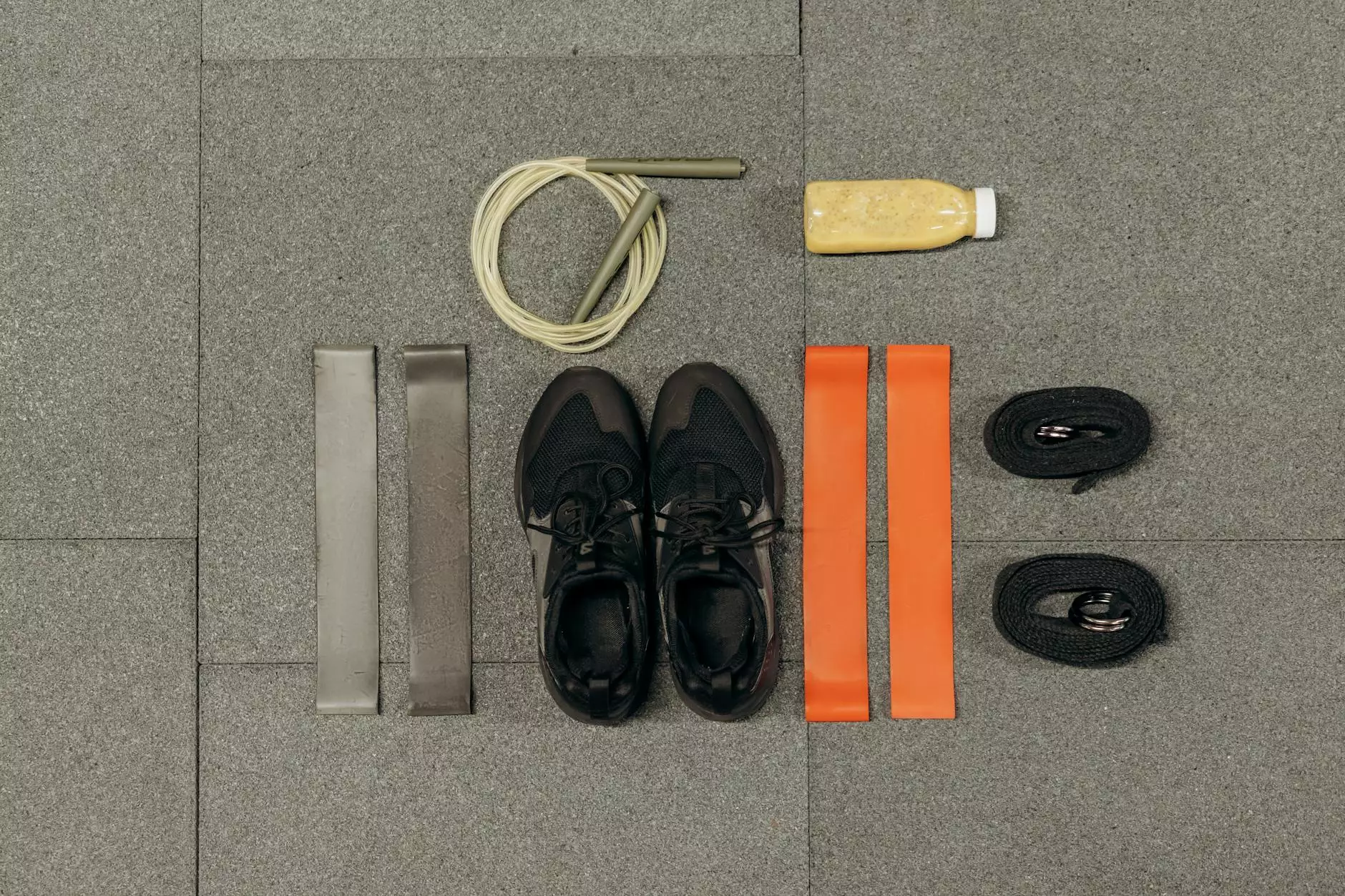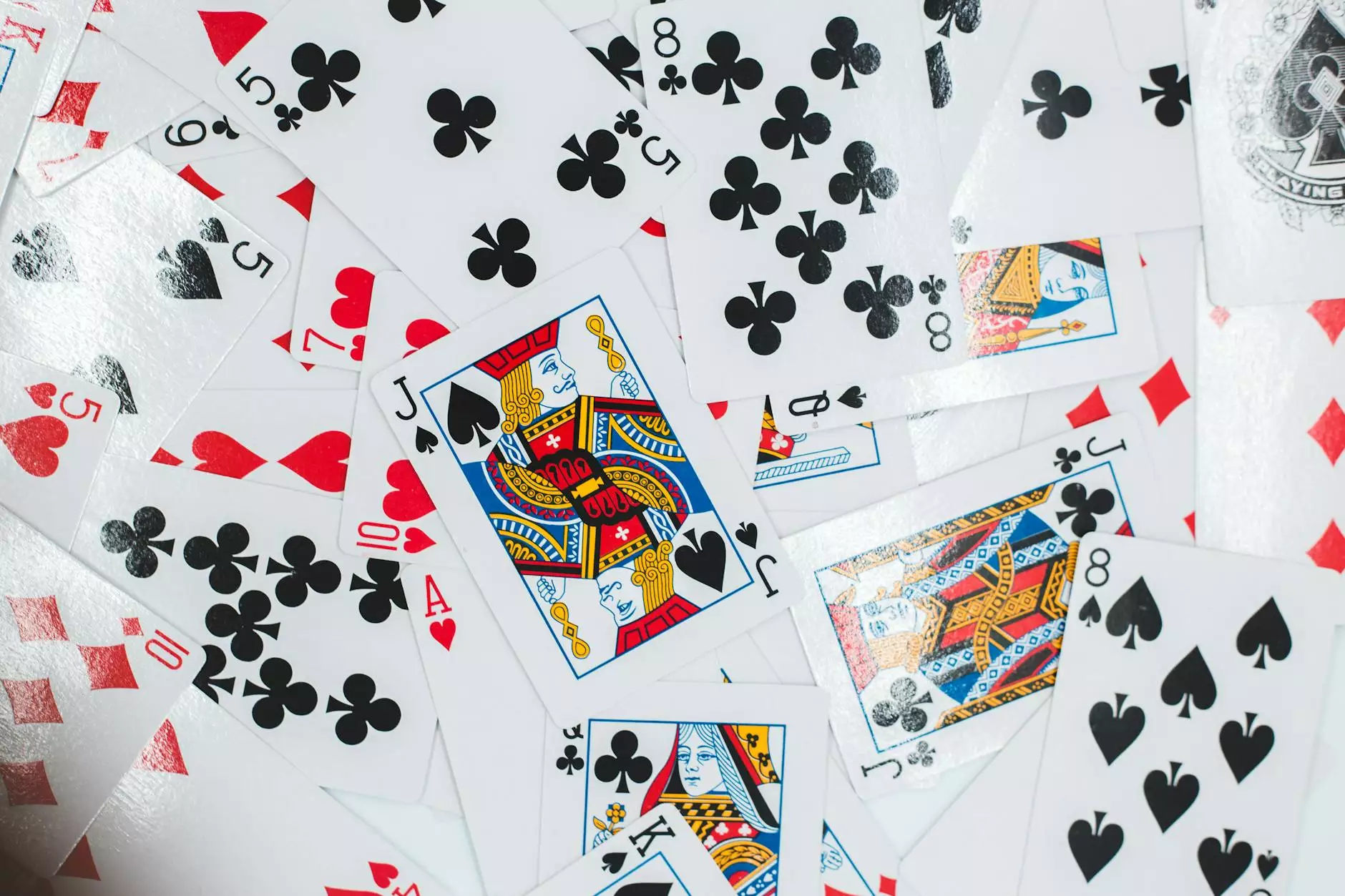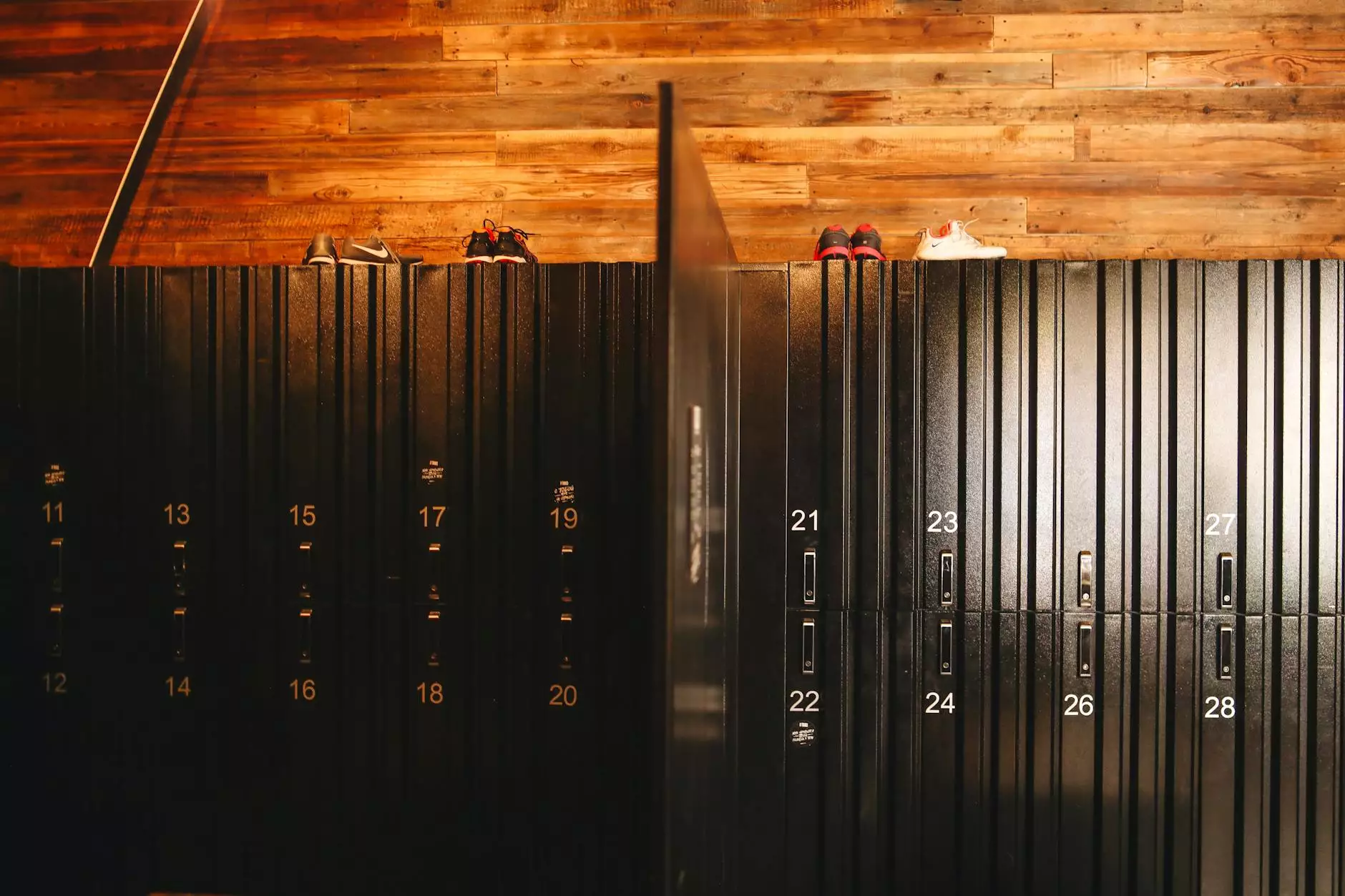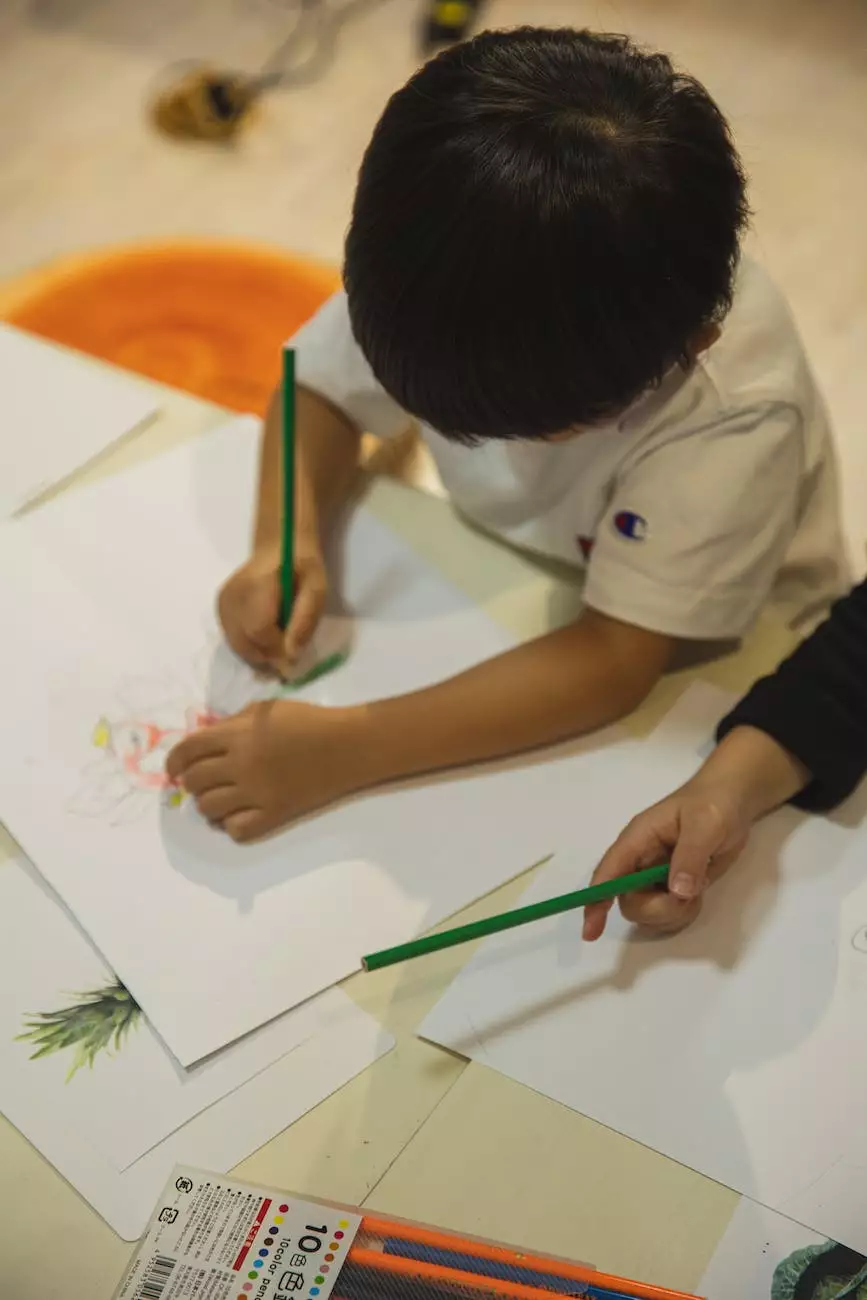STEM Sink or Float Activity Set

Introduction
Welcome to The Knowledge Nest's STEM Sink or Float Activity Set page! In this article, we will dive deep into the world of buoyancy and provide you with a comprehensive understanding of this fascinating concept.
What is Buoyancy?
Buoyancy is the force that causes objects to either float or sink in a fluid, such as water. It is a fundamental principle in physics and plays a crucial role in our everyday lives. Understanding buoyancy can help children build a solid foundation in science, technology, engineering, and mathematics (STEM).
The STEM Sink or Float Activity Set
At The Knowledge Nest, we believe in hands-on learning experiences that make education fun and engaging. Our STEM Sink or Float Activity Set is designed to provide children with a practical exploration of buoyancy.
Benefits of the STEM Sink or Float Activity Set
- Enhanced Critical Thinking: By conducting experiments with different objects, children will develop critical thinking skills as they analyze and predict whether an object will sink or float based on its properties.
- Understanding Scientific Concepts: This activity set helps children grasp scientific concepts like density, mass, and volume, which are essential for a deeper understanding of physics and engineering.
- Promoting Curiosity: Exploring buoyancy in a hands-on manner fosters curiosity and a love for learning, encouraging children to ask questions and seek answers.
- Practical Application: The knowledge gained from the STEM Sink or Float Activity Set can be applied to real-life situations, such as understanding why boats float or why some objects sink in water while others don't.
How to Use the STEM Sink or Float Activity Set
The activity set includes various materials and resources to facilitate the learning process. Here's a step-by-step guide on how to use it:
Step 1: Set Up
Start by assembling the materials provided in the activity set. These may include a water tank, different objects of varying shapes and sizes, measuring tools, and a worksheet to record observations.
Step 2: Predict and Experiment
Encourage children to make predictions about whether each object will sink or float. Ask open-ended questions to stimulate their thinking process. Then, invite them to test their predictions by placing the objects in the water tank one at a time.
Step 3: Observe and Record
As children conduct the experiments, ask them to carefully observe and record their observations. What do they notice about the objects that float versus the ones that sink? What properties might be influencing their results?
Step 4: Analyze and Discuss
Engage children in discussions about their findings. Help them analyze the data they collected and encourage them to draw conclusions based on their observations. Discuss the concept of buoyancy and connect it to the properties of the objects tested.
Step 5: Extend the Learning
Encourage further exploration by suggesting additional experiments or activities related to buoyancy. For example, you can experiment with different liquids or try creating boats using different materials.
Conclusion
The STEM Sink or Float Activity Set from The Knowledge Nest provides an engaging and educational experience for children to learn about buoyancy. Through hands-on experiments, critical thinking is enhanced, scientific concepts are understood, curiosity is promoted, and practical applications are realized. Start exploring the fascinating world of buoyancy with our activity set today!










